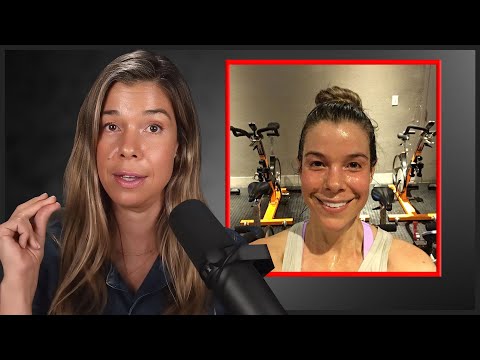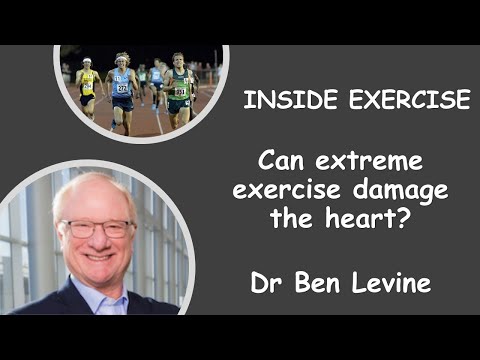How to make a 50 year old heart equal to a 30 year old heart
This Type of Exercise Reverses Heart Aging, Lowers Blood Pressure, & Has Anti-Cancer Effects
(00:00) As we age, the heart undergoes specific inevitable changes — it tends to get smaller and stiffer. This can impact its efficiency, potentially reducing our exercise capacity and elevating our risk for heart failure. Remarkably, 2 years of vigorous exercise in sedentary 50-year-olds reversed some of the heart’s age-related structural changes and stiffness by up to 20 years, effectively giving them hearts akin to those of 30-year-olds.
(02:56) A 6-week vigorous aerobic exercise program (20-60 minutes, 3-4 days/week) has drug-like effects on blood pressure. This is a big deal. 20% of people ages 18-39 have hypertension (same goes for half of older adults). It’s a big risk factor for cardiovascular disease and dementia.
(04:14) Lactate generated during vigorous exercise is a signaling molecule for increasing BDNF. BDNF is essential for increasing neuroplasticity, helping existing neurons survive, growing new neurons (neurogenesis), and forming connections between neurons.
(07:25) That lactate also increases levels of serotonin (correlates with improved impulse control) and norepinephrine (aids focus & attention).
(08:37) Exercise protocols for maximizing BDNF: • 30-40 minutes at 80% max heart rate • 6x 40-second all-out intervals, each followed by a recovery period
(09:40) Vigorous exercise, which generates a high degree of shear stress, destroys circulating tumor cells. Stage 3 colon cancer patients who engaged in aerobic exercise had a 40% reduction in disease recurrence & 63% reduction in mortality.
Exercise can reverse damage to sedentary, aging hearts and help prevent risk of future heart failure – if it’s enough exercise, and if it’s begun in time, according to a new study by cardiologists at UT Southwestern and Texas Health Resources.
To reap the most benefit, the exercise regimen should begin by late middle age (before age 65), when the heart apparently retains some plasticity and ability to remodel itself, according to the findings by researchers at the Institute for Exercise and Environmental Medicine (IEEM), which is a collaboration between UT Southwestern Medical Center and Texas Health Presbyterian Hospital Dallas.
And the exercise needs to be performed four to five times a week. Two to three times a week was not enough, the researchers found in an earlier study.
“Based on a series of studies performed by our team over the past 5 years, this ‘dose’ of exercise has become my prescription for life,” said senior author Dr. Benjamin Levine, Director of the Institute and Professor of Internal Medicine at UT Southwestern. “I think people should be able to do this as part of their personal hygiene – just like brushing your teeth and taking a shower.”
The regimen included exercising four to five times a week, generally in 30-minute sessions, plus warmup and cool-down:
- One of the weekly sessions included a high-intensity 30-minute workout, such as aerobic interval sessions in which heart rate tops 95 percent of peak rate for 4 minutes, with 3 minutes of recovery, repeated four times (a so-called “4x4”).
- Each interval session was followed by a recovery session performed at relatively low intensity.
- One day’s session lasted an hour and was of moderate intensity. (As a “prescription for life,” Levine said this longer session could be a fun activity such as tennis, aerobic dancing, walking, or biking.)
- One or two other sessions were performed each week at a moderate intensity, meaning the participant would break a sweat, be a little short of breath, but still be able to carry on a conversation – the “talk test.” In the study, exercise sessions were individually prescribed based on exercise tests and heart rate monitoring.
- One or two weekly strength training sessions using weights or exercise machines were included on a separate day, or after an endurance session.
The Research Paper:
Reversing the Cardiac Effects of Sedentary Aging in Middle Age—A Randomized Controlled Trial
https://www.ahajournals.org/doi/10.1161/CIRCULATIONAHA.117.030617

